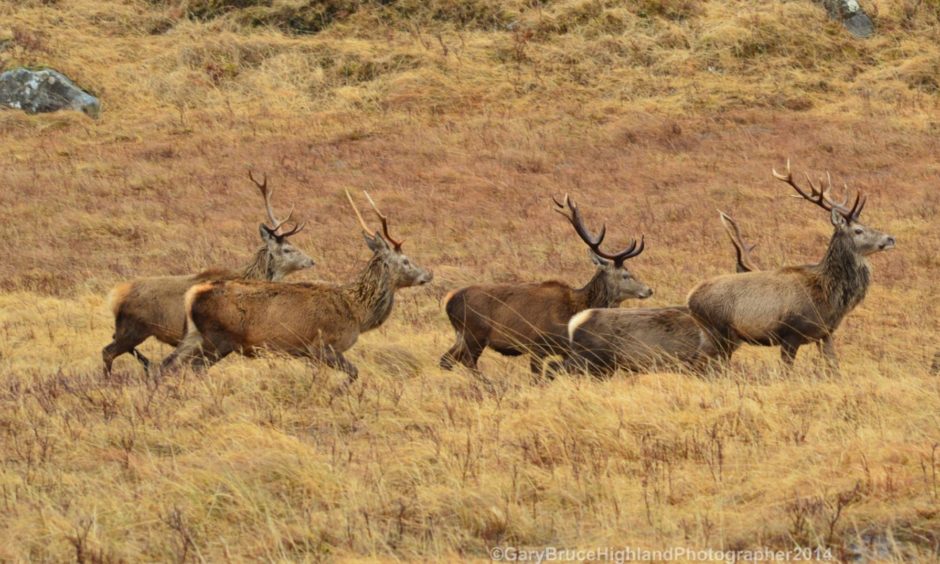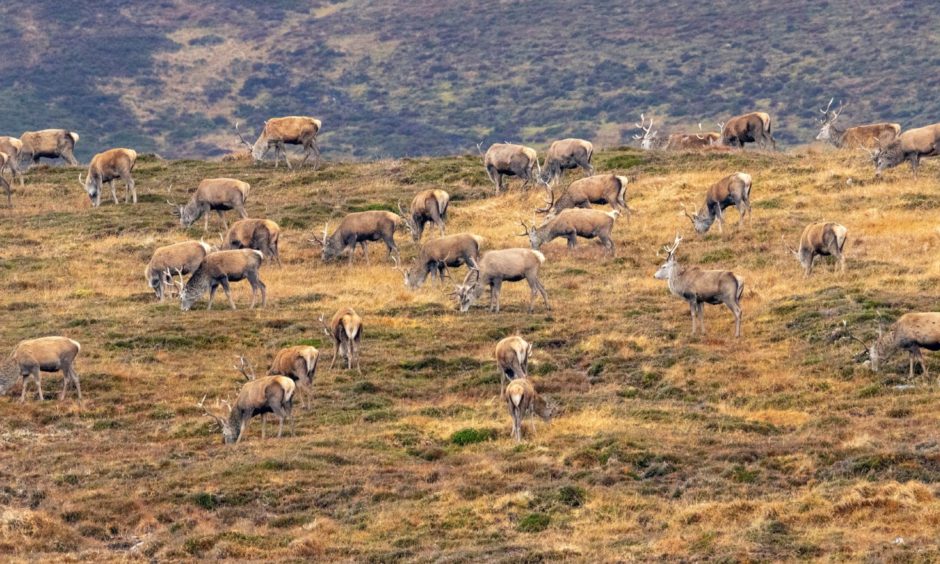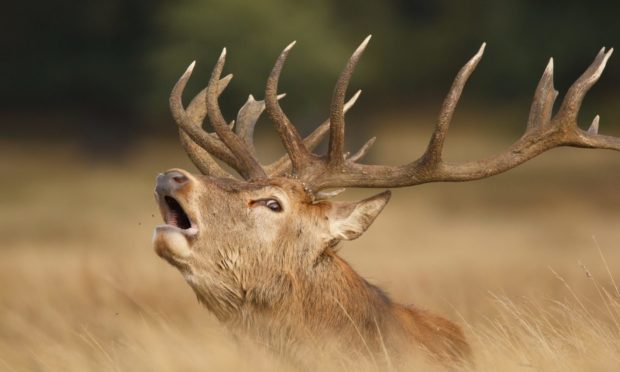Our lambing and calving is nearly done.
It went off reasonably well despite the hellish weather.
The gut-wrenching sound of hail, sleet and snow on our north facing bedroom window through the night, at the height of lambing, always leaves me feeling sick with worry about what I’ll have to face at first light.
We lamb the majority of our multiples indoors and are lucky to have a great local lady looking after the sheds at night. During the worst of the weather we thankfully managed to squeeze the ewes scanned with singles inside overnight, which undoubtedly saved lives.
Shelter
Our parks with the most vulnerable, youngest lambs, resembled a trade stand at an agricultural show, with every available trailer lined up in an effort to give some shelter.
Lamb marking has been completed apart from the last few late arrivals.
This year we were asked to trial the NumNuts bander for tailing and castration. It injections 2ml of local anaesthetic into the immediate area above the band to reduce pain.
I was pretty sceptical when I first saw the applicator but credit to the design team, as it’s really easy to use.
Stress
There was a marked reduction in the amount of stress demonstrated by the banded lambs. Very few lay down, they mothered up quickly and headed away out better than I’ve seen in the past.
I’m certainly keen to continue using pain relief to improve welfare standards.
Grass growth has been very slow and it’s been a juggling act keeping grass to the milking twins.
Three years ago we made a substantial investment by deer fencing off our best in-bye parks. If we could have afforded it, we’d have done more. The 5km which was erected has made a massive improvement to the management of our grass.

Unfortunately the ewes rearing singles face more grazing competition as they head further out onto the hill.
There has been a very large influx of unwelcome marauding red deer.
I suspect the tough late winter and cold spring has not helped. The north wind will draw them onto our land but the levels we are currently dealing with are unprecedented.
The emotive issues surrounding deer culls have hit the headlines again recently, with the grim sight of a dead hind and her unborn calf, lying next to the roadside on Skye, within a forestry planting.
I’m not going to comment as I don’t know the details of the Skye case. I do know that I’ll be making a big effort here in the upcoming season to reduce the deer population substantially.

We have a new Scottish Government with a strong commitment to fighting climate change. Agriculture and land management will be in the spotlight.
Management
I welcome the very capable Mairi Gougeon into her new role as Cabinet Secretary for Rural Affairs and Islands.
The Scottish Government previously committed £250 million of multi annual investment into peatland restoration over the next 10 years. If that work to lock in carbon is to be successful, it must be accompanied with effective deer management.
Large herds of deer careering around our hills, wallowing in bogs, exposing peat, increasing grazing pressures on susceptible habitats and fragile native woodlands, in my opinion, is not the way forward.
- Joyce Campbell farms at Armadale in north Sutherland.
